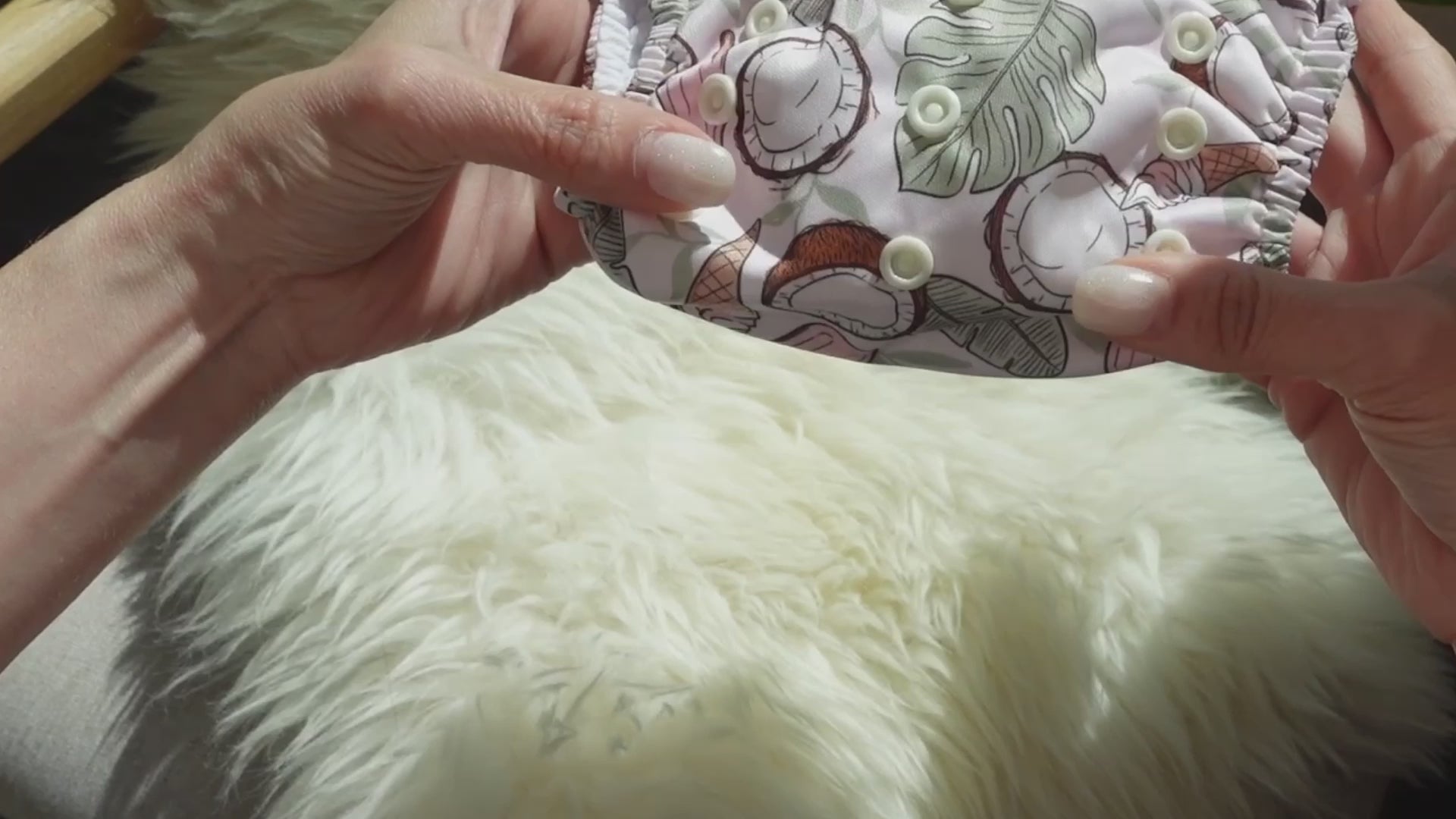Prep Your Children for a Move with These 17 Tips
December 10, 2020 by Julia Weaver
Moving is an exciting life event, but it can still be stressful – for you and your kids. Your children can feel especially scared and nervous about the changes that are approaching. Whether you’re just moving down the street or moving across the country from Atlanta, GA to Portland, OR, leaving a house can feel like a loss to your children. That’s why we’ve turned to the experts for tips on how to prepare your kids for moving and how to make the transition easier on them.
Acknowledge your children’s feelings
Moving is a big transition for kids (and parents). Some kids will be able to give voice to their feelings. But, be on the lookout for behavior changes like testing limits, trouble with sleep, or extra tantrums and moodiness. Help you kids label their feelings and make guesses at how they might be feeling. You can even express how hard moving is for you to let them know you accept and are not afraid of their big feelings. You want to listen and will love them even if you need to set limits on their behavior.” – Evelyn Nichols, Preschool Director, Parent Educator, faculty at City College of San Francisco, Mighty Bambinis
Have an open dialogue about the move
Talk to your children about the move. Let them be part of the process. Make it fun! Make it familiar. Sometimes the moving experience can be just as stressful for children, as it is for parents. The first thing I try to do is get the kids bedroom unpacked and settled as quickly as possible, to aid in the child feeling comfortable and safe. -Ruka Curate, Owner of Tiny Treasures Nanny Agency
Give your children something to look forward to
Choose three things that the kids find familiar near their former home, and search online for their locations near your intended neighborhood or new home (i.e. library, playground, coffee shop). Share photos with your children, and point to these places on a map so they have this to look forward to, and to ease their anxiety about the move. – Emily Dills, Founder & Policy Advocate of Seattle Nanny Network
Say your farewell’s and welcome the next chapter with open arms
Acknowledge and validate your child’s feelings and let them know that whatever they think or feel is okay. Whether it be sad, excited, or a mix of many emotions. Set aside a time to intentionally say goodbye to your current house and create a ritual to mindfully welcome your new home into your family’s life. You can do this with art, a special meditation or dance, or by taking pictures and sharing stories. Model acceptance of change and show them how new opportunities await. – Heather Horrell, Owner and Founder of Grow Family Wellness
Research your local nanny options
Make sure to reach out to the best local nanny agency to learn what the average hourly rates are in the area and how long it will take to find the nanny who will be most suited to your position and your family’s needs. You’ll want to work with an agency that listens to you and will partner with you in this most important search. We recommend looking for an agency that is a member of the Association of Premier Nanny Agencies. – White House Nannies
Don’t be afraid of hiring help
If you are moving with an infant, you may feel like you are juggling many things and your own well-being is being compromised in the meantime. Postpartum Doulas and Newborn Care Specialists are able to be an extra set of hands throughout your entire moving process and can make the transition easier for you and your baby – even if you are moving out of state. – Mary Pope, Owner of Oh Baby! Kansas City
Plan the moving day
Parents must make an important decision about whether the kids should be there when the moving trucks (or helpers) arrive. There is no one right answer. However, being there can be incredibly exciting. It can also be helpful for the children to see their house empty and realize that their home is now a shell and the family is taking everything they have to their new home. It’s important to remember that if they are helping on moving day that the kids have a responsibility to do. It can be as simple as overlooking the checklist or to help clean up. Just allowing them to be a part can help a lot with them making the move. – Pooh Bear’s Daycare
Use toys to help your children visualize their time in the new home
When moving across state lines or just down the road, it’s important to help kids feel like they are part of the process. Take a toy they are attached to, maybe their favorite teddy or a special blanket, and take photos of the object having fun in the new space. Maybe the toy is taking a bubble bath in the new tub, or gardening in the new yard. Have fun with it, the possibilities are endless. Then, show the pictures to your child and explain to them how they are going to have an amazing time in their new space too. If you don’t have access to the new home yet, you can always take pictures in similar locations, it’s the story and spending time together that counts. – Vanessa Tomchik, Founder of Lighthouse Kids Company

Create a visual countdown calendar
We have used a picture calendar for our kids to create visual excitement and see how many days are left until the big move, along with the space to expect when they arrive at our new home. This allowed both a visual connection/countdown with a little control over the timing and a familiar space once they walked in the door. –CEO Allison Dakdouk of Pink Nannies
Avoid changes in sleep patterns by creating a sleep plan
Moving can be disruptive for kids’ sleep patterns. As adults, we often forget that a small change to our bedroom – what it looks and sounds like – is not a small change to our little ones. In reality, these small differences can significantly impact their sleep patterns. Help everyone prepare for a move by knowing your children’s natural sleep behavior, which can be predicted by genetics. SneakPeek Traits DNA Test helps you prepare by understanding your children’s natural sleep behavior based on their genetics, so you can create the sleep plan that’s best for them, and you. – SneakPeek Traits
Combat stress with laughter
Avoid sleep disturbances in your new home by establishing healthy sleep routines on night one. Fight off the stress hormones released during the move by using laughter. Help your child combat move-related stress by finding opportunities for laughter while unpacking boxes together, reminiscing on memories, etc. – Sleep Baby
Stay connected with their previous nanny
Families relocating often experience a “break up” with their current nanny when their caregiver is unable to move with the family. The ideal situation occurs when the nanny can travel with the family to their new home and continue working through the transition process. If that isn’t possible, explain to your children that their nanny can remain an important part of their lives. They can exchange birthday and holiday cards, and have Facetime dates or regular Zoom calls. If both parties work together, the relationship between nannies and their charges can truly last a lifetime. It’s not unusual for us to hear from nannies that are still in touch with the “children” they cared for 5, 10, or even 20 years ago. – Wee Care Nanny Agency
Help your children get settled in
Make sure you give your children plenty of time and attention because it’s an enormous change for them. Play in their new bedrooms to promote comfort and familiarity. At night, babies, preschoolers, and even school-age children might want some extra reassurance as they acclimate to new surroundings, so sit in their room or by the door at bedtime. Don’t forget a night-light and a few practice runs at finding the bathroom. – The Sleep Lady
Connect with your kids’ new teachers before the first day
Keep track of your kids’ school laptops and materials during the move. Remember, it wasn’t their decision to move, so it’s reasonable for you to take the lead in safeguarding your children’s learning materials. If your kids will be attending a new school, spend time connecting them with their new teachers prior to the move. It will cut down on any first-day jitters and make the transition much smoother. – Seattle Tutoring Services
Get help from a nanny while you settle in
If possible, bring your nanny with you, at least for the first few weeks. A familiar face and someone to help wrangle the kids and make sure their needs are met, while you’re juggling all of the moving logistics can be a true life-saver. If you don’t have a nanny or yours can’t make the trip, look to APNA to find a reputable agency in your new location to help provide you with some temporary care while you unpack. – Westside Nannies
Find a reputable preschool to make your children feel safe
We’ve found that many parents research and speak to preschools long before they move. We offer a picture of our physical classroom, a picture of the group of children in the class along with the teachers pictured. Sometimes, we even offer a short welcome video with the child’s name on a welcome sign. For new parents of infants, we provide a short video with the baby’s primary caregiver speaking because babies develop a sense of comfort when the voices they hear around them are familiar. Feeling a sense of security is very important at any age and when children feel safe, then they can learn and play. – Kim Vargas, Owner of The Vine Preschool
Make time for your children during the moving process
I encourage parents to put their children’s favorite blanket or stuffed animal in a safe place during the move. And, find a way to spend time with your kids one on one after you move. It can work wonders for them to feel secure. This is challenging as parents because we are exhausted from moving, but it will pay dividends with their behavior and mindset. – Mom Genius


































